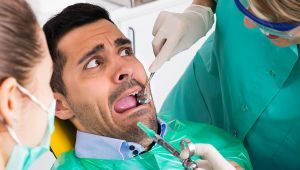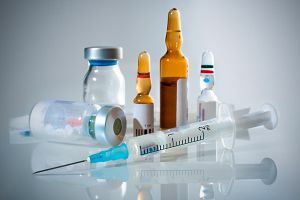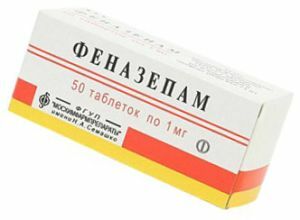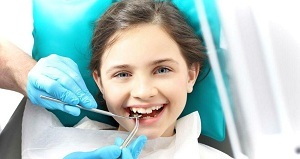 Premedication is a drug preparation for dental manipulation in the form of anesthesia and creating the optimal psycho-emotional state in the patient.
Premedication is a drug preparation for dental manipulation in the form of anesthesia and creating the optimal psycho-emotional state in the patient.
The purpose of the procedure is to create certain conditions under which it is possible to use adequate anesthesia with the subsequent prevention of psychological discomfort and various complications during the operation.
Contents
Basic requirements
Basic requirements of
Among the basic requirements for premedication, the following are distinguished:
- preventing unwanted effects in the autonomic nervous system;
- providing a comfortable psycho-emotional state;
- lowering the threshold of pain sensitivity.
These requirements are met through the use of different groups of pharmacological agents.
Application in dental practice
Indications for premedication in dentistry are as follows: 
- for long and complex operations using general anesthesia( bone plastic);
- fear and anxiety of patients who have a history of respiratory and cardiovascular disease;
- syncope;
- vegetative changes and changes in physical parameters( high blood pressure and accelerated heart rate);
- implantation with the replacement of the roots of missing teeth on metal rods.
Types of exposure
Dentists use two basic types of premedication:
- Specific .It consists in carrying out preventive measures, the purpose of which is to prevent the occurrence of complications in patients with general-pathological pathologies. This procedure is performed if the patient has hypertension, ischemia, bronchial asthma or congenital cardiac diseases. The dose and types of medications used are determined by the physician individually for each patient.
- Nonspecific .It is performed with the purpose of analgesia, elimination of feelings of fear and prevention of allergic reactions.
The latest form of drug preparation, in turn, includes five other types of effects:
- holinolitic - suppression of the vomiting reflex by using vagolitics;
- combined - application of combinations of various medicines;
- sedative - withdrawal of psychoemotional stress with tranquilizers and soft sedative medications;
- analgesic - increased pain threshold through the use of narcotic and non-narcotic analgesics;
- antiallergic - prevention of histamine reactions.
Groups of used medicines
 The most common and strong medication for premedication are drugs that are part of the benzodiazepine group. The most active of them is Phenazepam, which has a strong sedative effect.
The most common and strong medication for premedication are drugs that are part of the benzodiazepine group. The most active of them is Phenazepam, which has a strong sedative effect.
This is a very strong drug that suppresses anxiety and fear. Other tranquilizers include Meprothan, Seduxen, Diazepam, Trioxazine and Ta-zepam.
For the elimination of fear, which is permanent in nature and associated with motor excitation, gidazepam is used. The universal properties of the drug are provided by the good solubility of all components and their rapid absorption.
Of dental practice
One of the possible options is the preliminary carrying out of the necessary manipulations to reduce the tension in the patient. For example, the day before the surgery with local anesthesia, it is necessary to take 0.03 g of Bromide and Gluminal.
After this, half an hour before the surgery, you should re-take the same medications with a combination of valerian tincture( 10 drops).
In the conditions of inpatient treatment, the patient is prescribed Barbamyl( 0.05 g), Dimedrol( 5 mg), Promedol( 5 mg) and Aminazine( 17 mg).
It should be noted that some drugs used in the process of analgoadassation can cause side effects. For example, the appointment of benzodiazepines is contraindicated in patients with glaucoma and myasthenia gravis.
All necessary tranquilizers are not issued in the dental clinic itself. They are released in pharmacies according to a doctor's prescription. Before carrying out anesthetic manipulation, you need to carefully collect anamnesis and warn the patient about possible side effects.
Premedication in pediatric dentistry
The main objectives of the award in pediatric dentistry are: 
- removal of psychoemotional agitation;
- establishment of neurovegetative stabilization;
- decrease in the rate of metabolic processes;
- decrease in bronchial tree secretion and salivation.
It should be noted that all the necessary lytic mixtures consist of combinations of medications that should be taken with extreme caution in children. For analgesia in childhood, it is not desirable to prescribe pharmacological drugs that have a depressive effect.
It is very important to carry out all procedures taking into account the physiological characteristics of the patient and his emotional status. After all, the main task that the dentist needs to solve is the elimination of all psychological and painful factors in the patient, in order to comfortably transfer dental manipulations.
